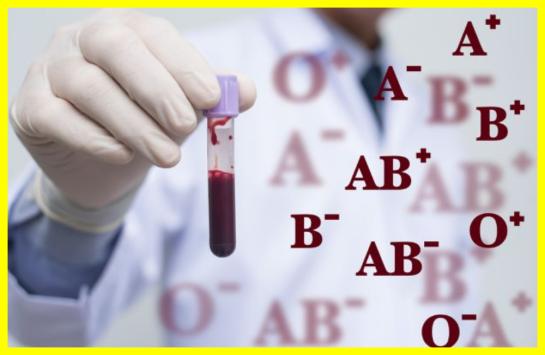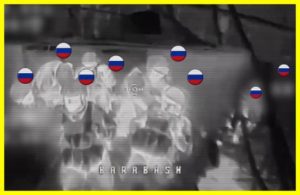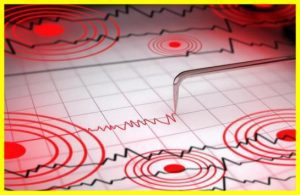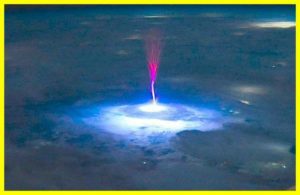How the blood type test is performed
Blood is mixed with three reagents that contain antibodies against A, B and Rh (Rh factor) antigens.
The reaction between the antibodies and antigens causes agglutination (sticking of blood cells together):
– If the blood sticks together with antibody A, it is type A (traditional name: type II).
– If it sticks to antibody B, it is group B (group three).
– If it sticks to both antibodies, it is group AB (group four).
– If it does not stick together, it is group O (group one).
The same blood sample is used to test for the presence or absence of RhD:
– If the blood sticks together when it interacts with the Rh factor reagent, the blood is Rh-positive (Rh+).
– If there is no agglutination, the blood is Rh-negative (Rh-).
Interesting: Rh-negative blood occurs in only 15% of people.
Antigens and Rh factor are important in selecting compatible blood for transfusions to avoid immune reactions. If blood with the wrong antigen enters the body, the immune system will attack it.
But there are nuances: for example, people with type O blood are universal donors and their blood is suitable for everyone, while people with type AB blood can receive blood of any type.





















